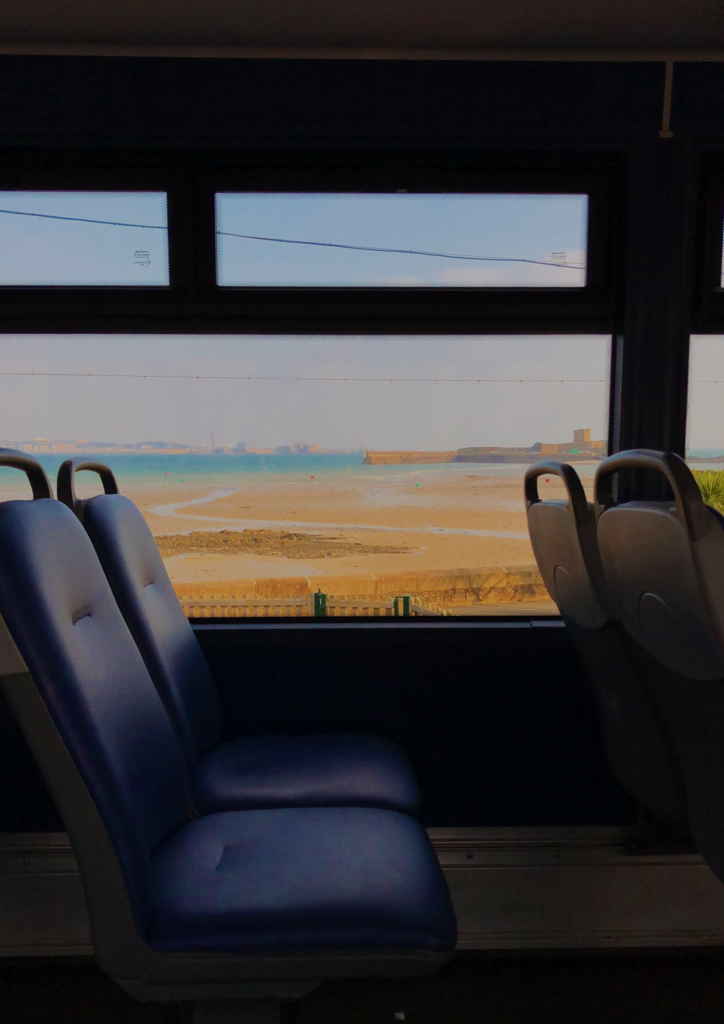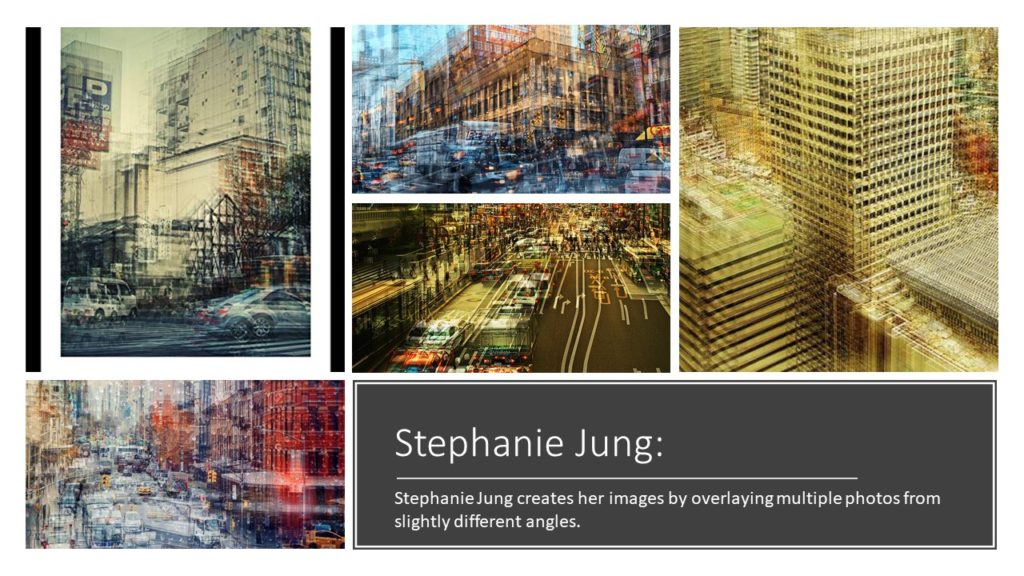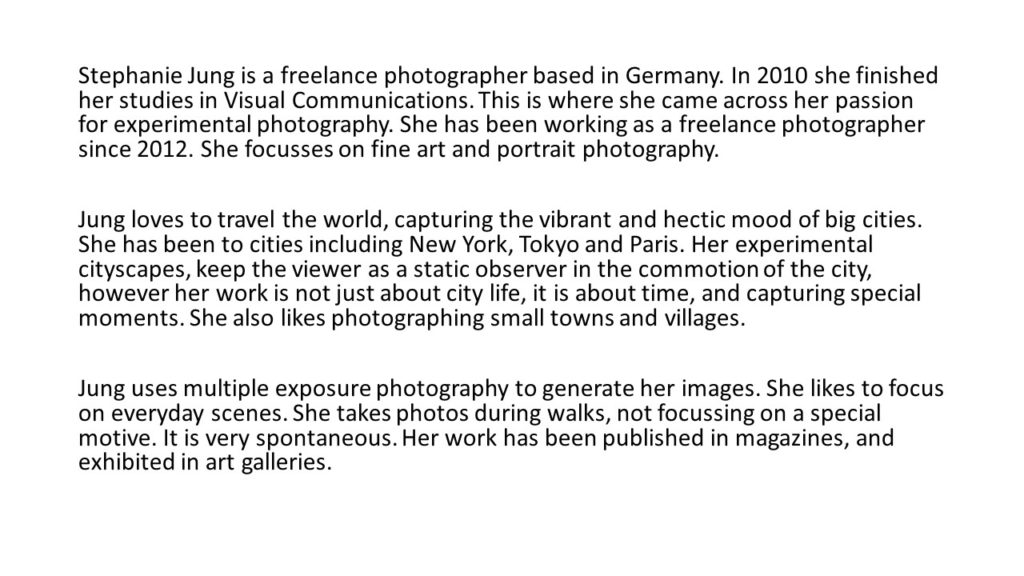

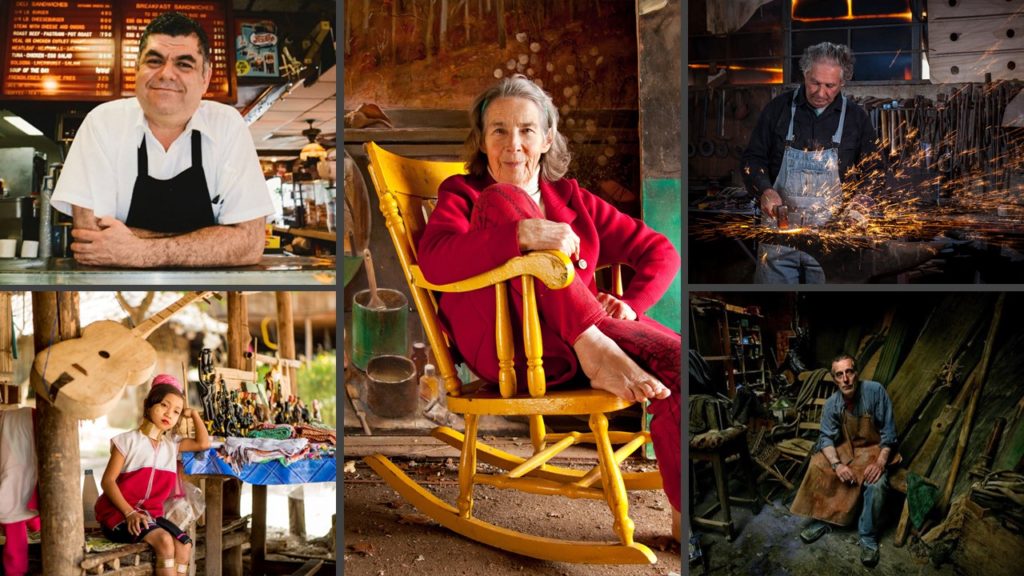
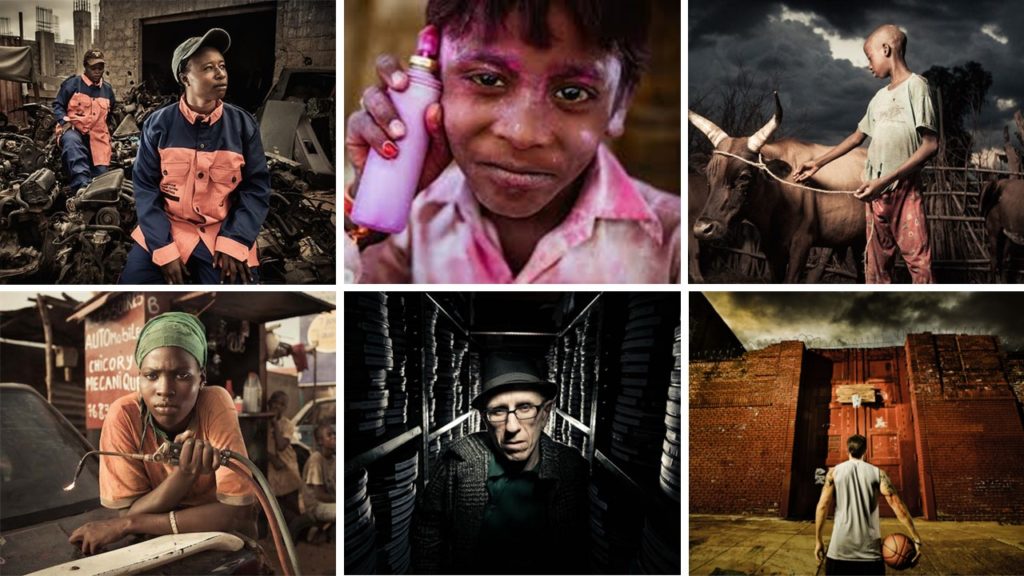


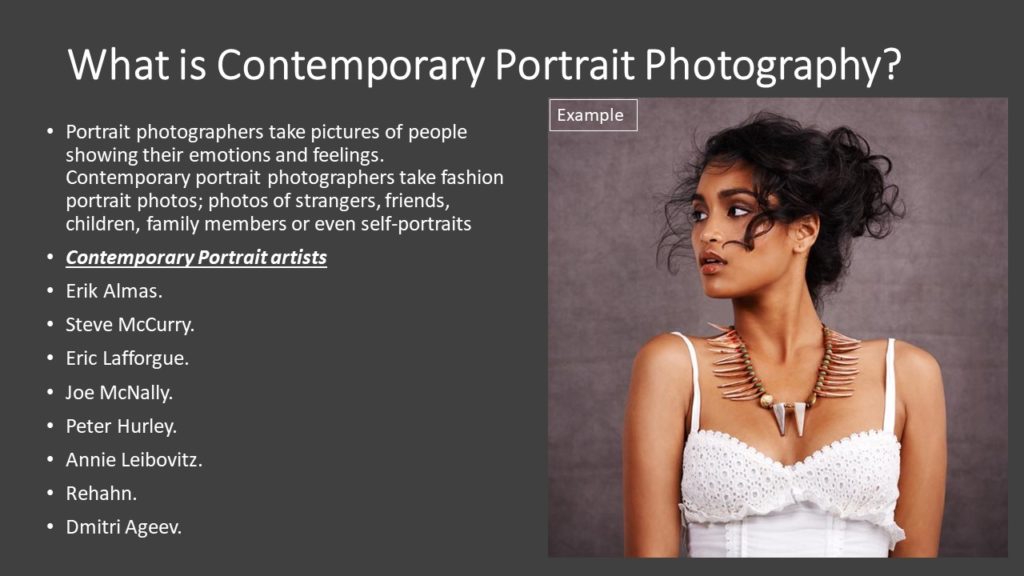

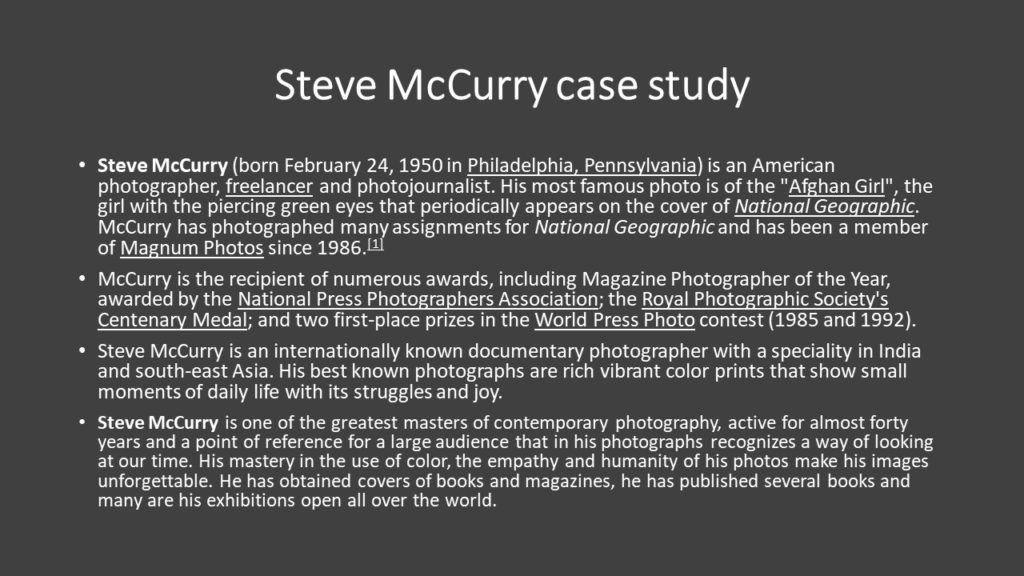
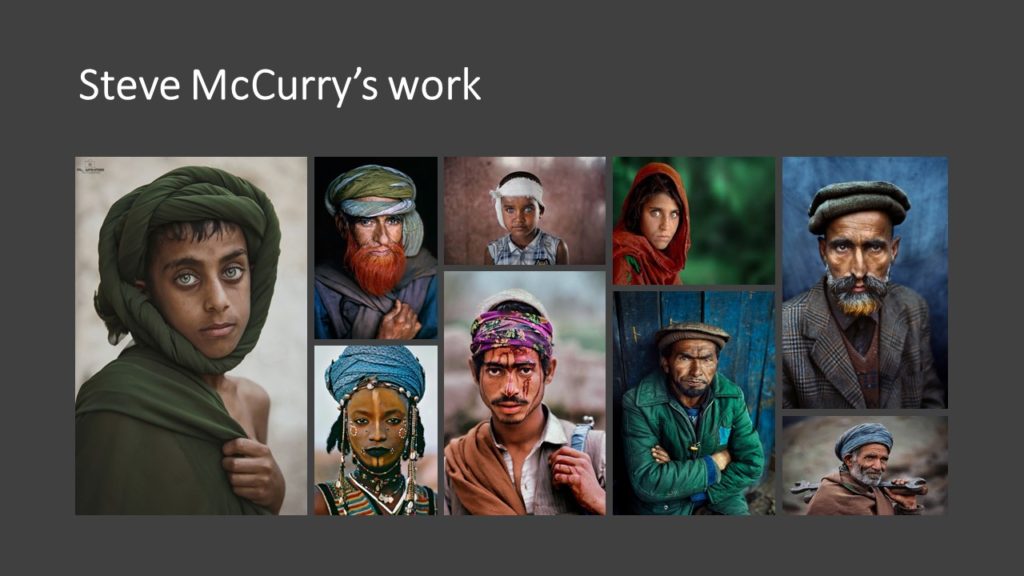

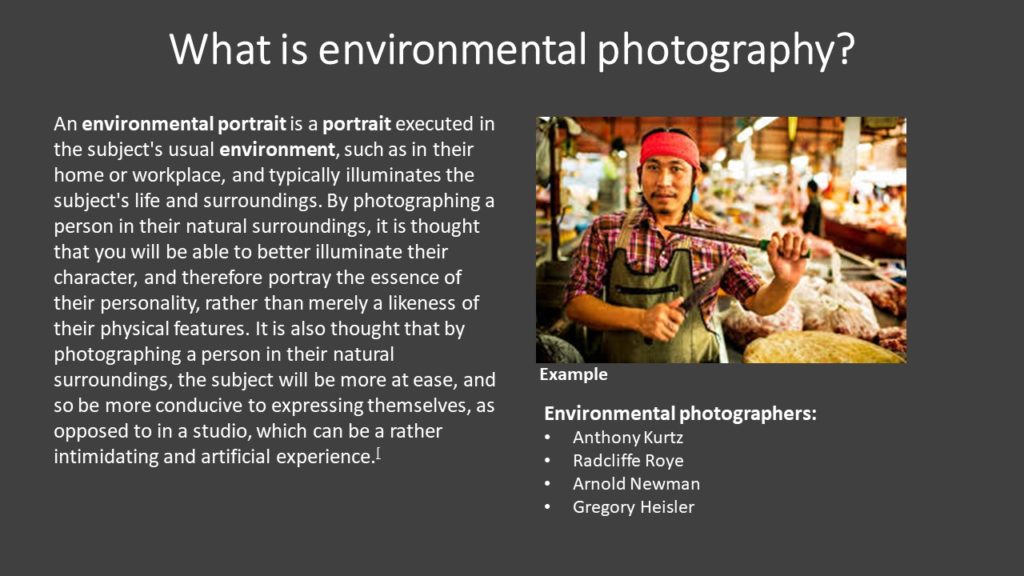


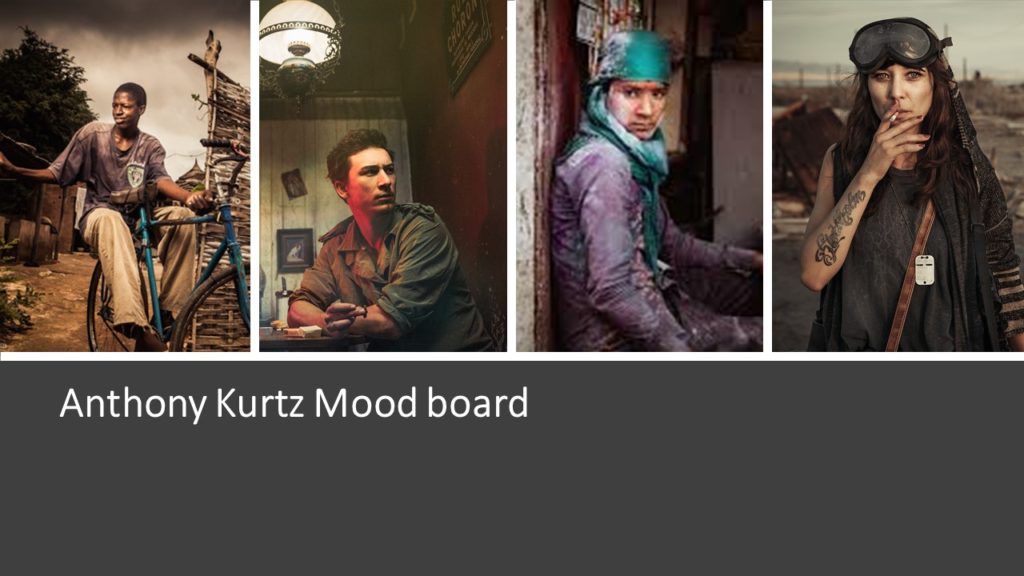




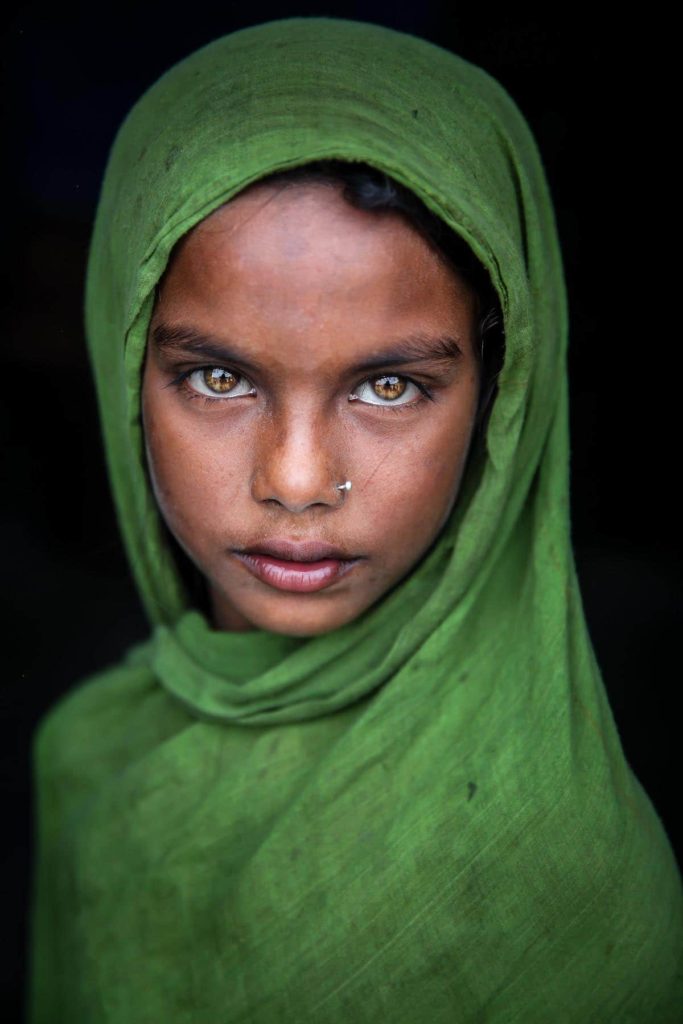
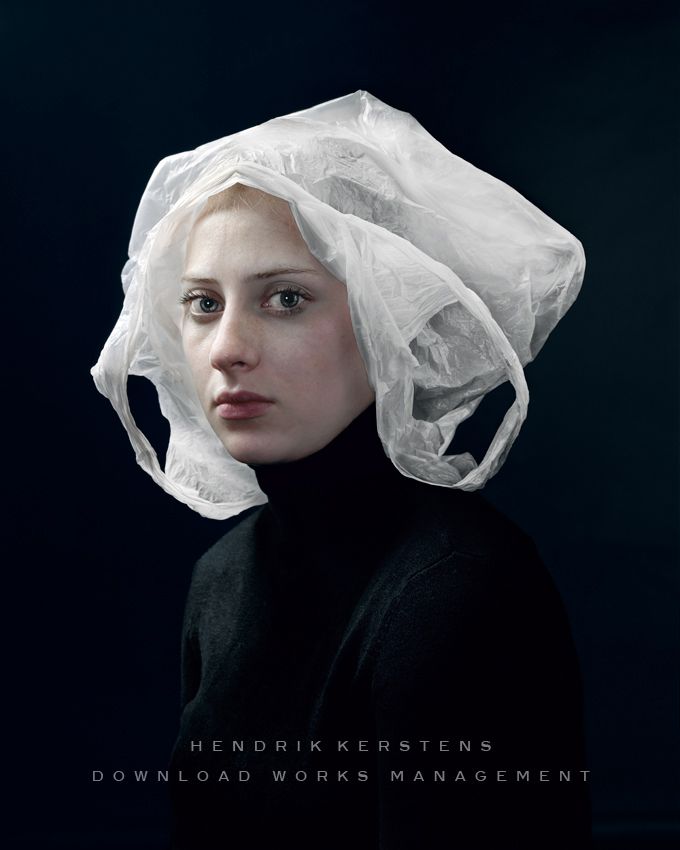
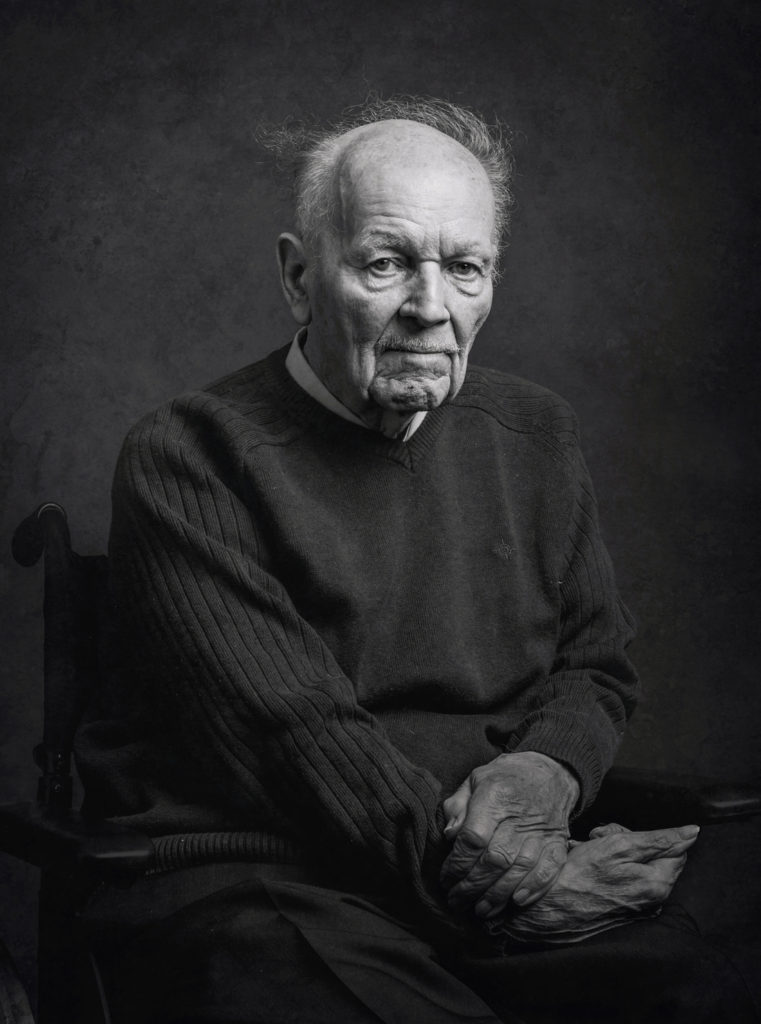
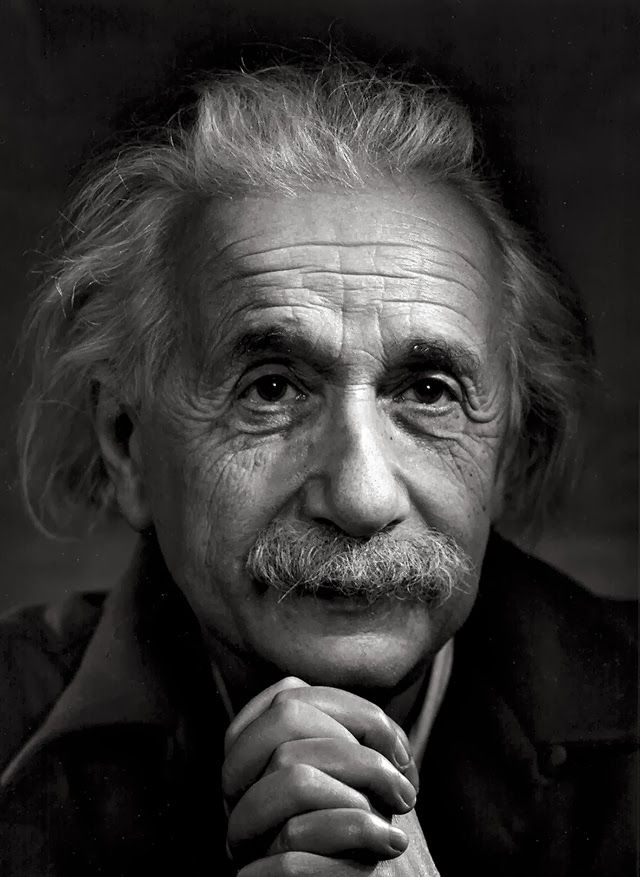
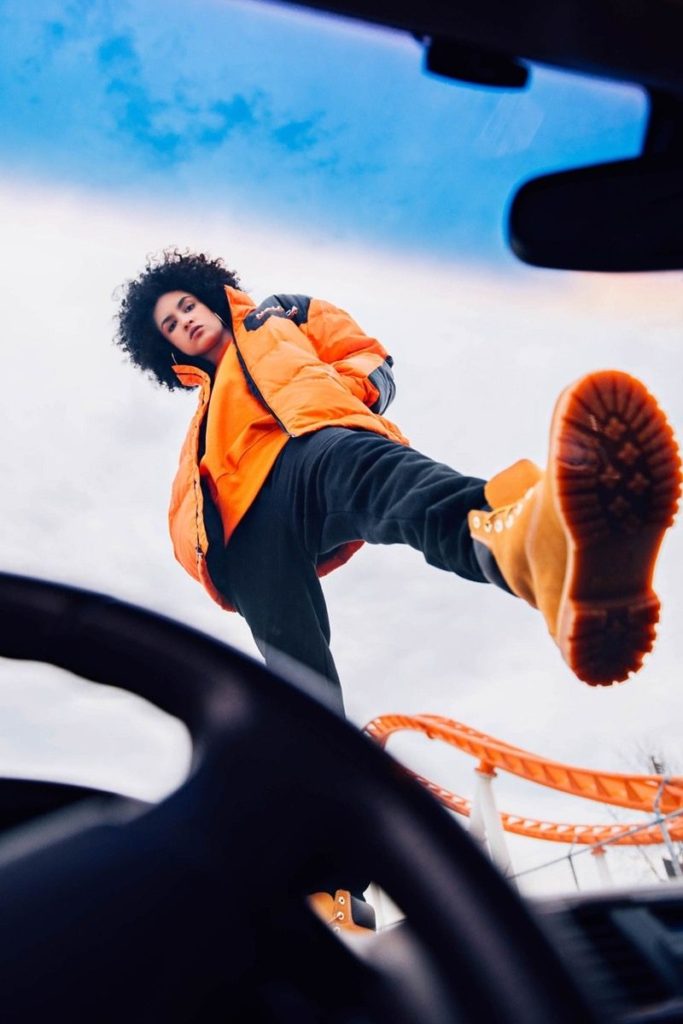
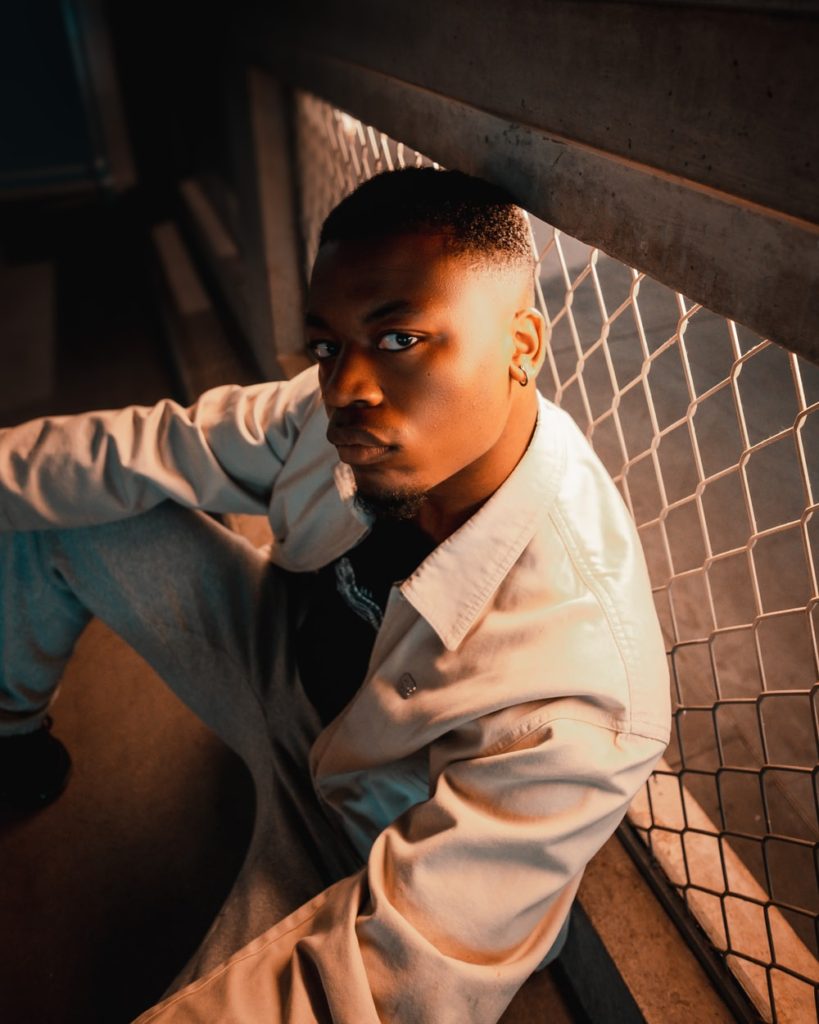
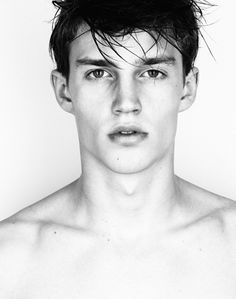
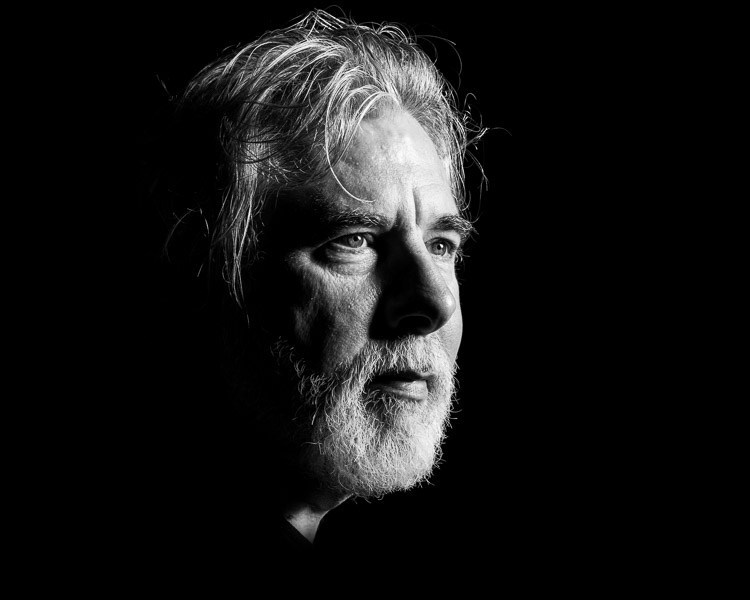
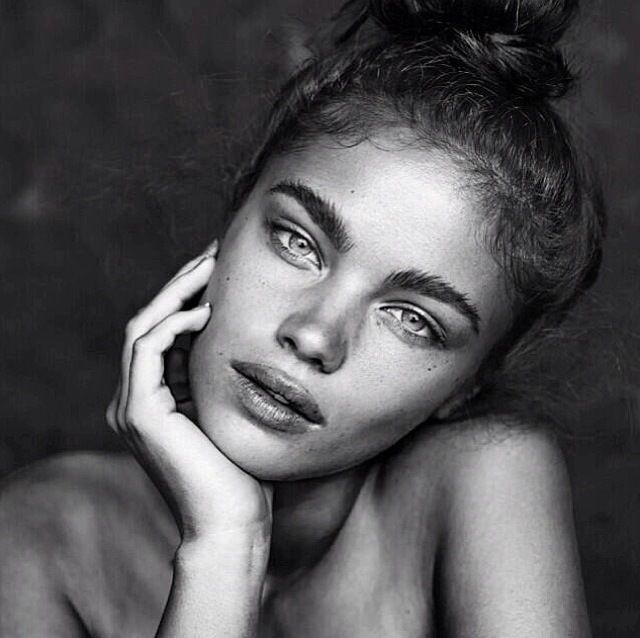

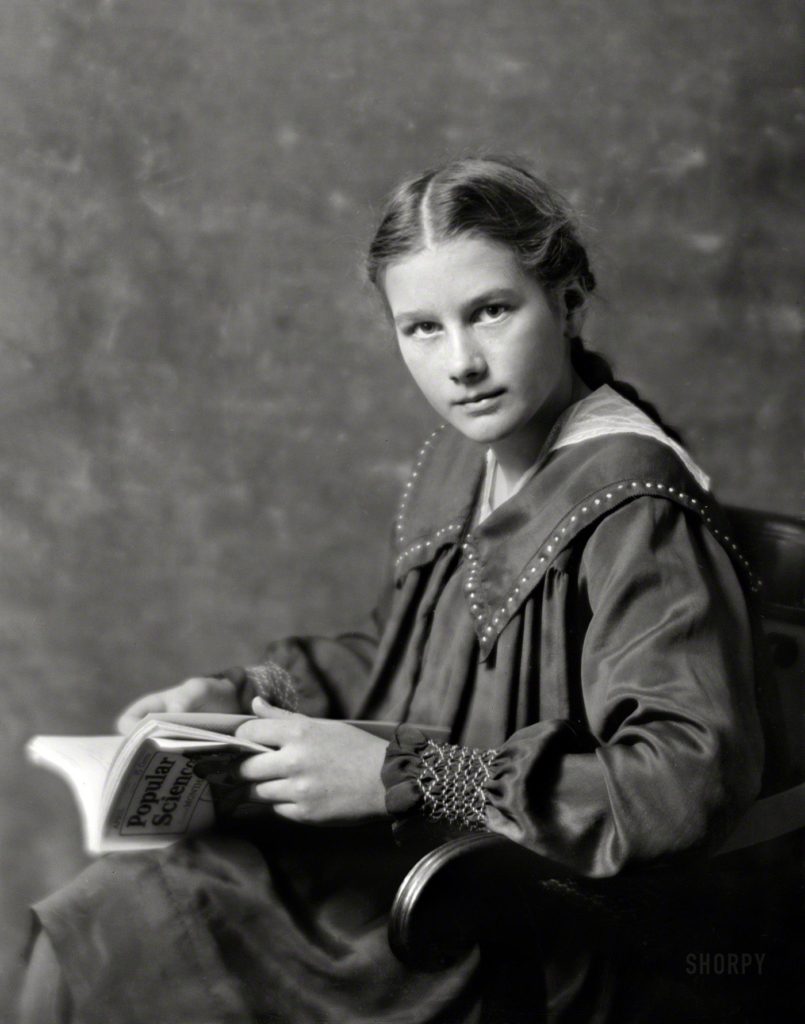


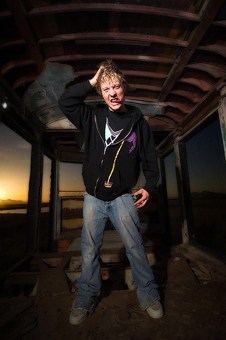

I think that this image full represents my ideas on how I wanted the final product to look. I think that the model was easy to work with and created the poses and expressions I wanted. This was my best image in my photoshoot displaying the model in a calm and comfortable position leaning over the metal table top, also holding a confident yet relaxed expression. I enjoy that the model is wearing a chefs uniform, linking to his profession. I decided to edit this as my final images as I prefer the composition on the background and that objects in the background are out of focus, laving the model in focus, drawing our eyes to the centre.
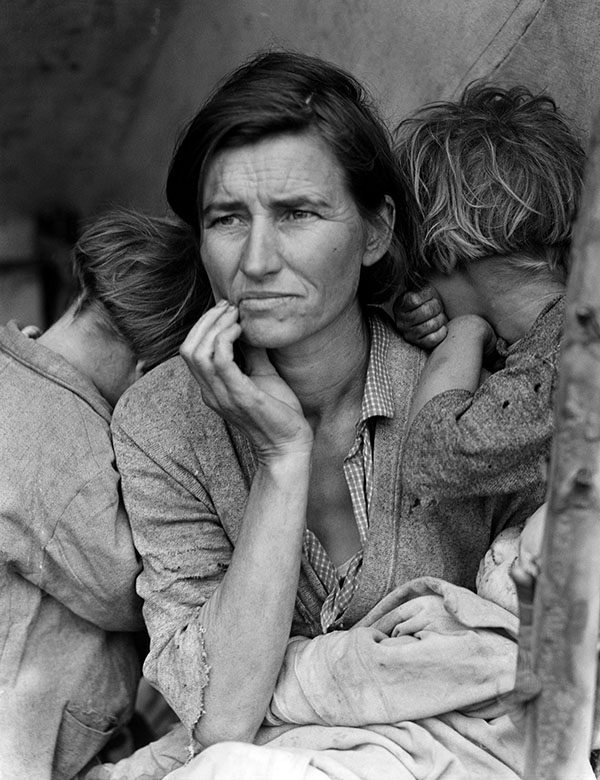

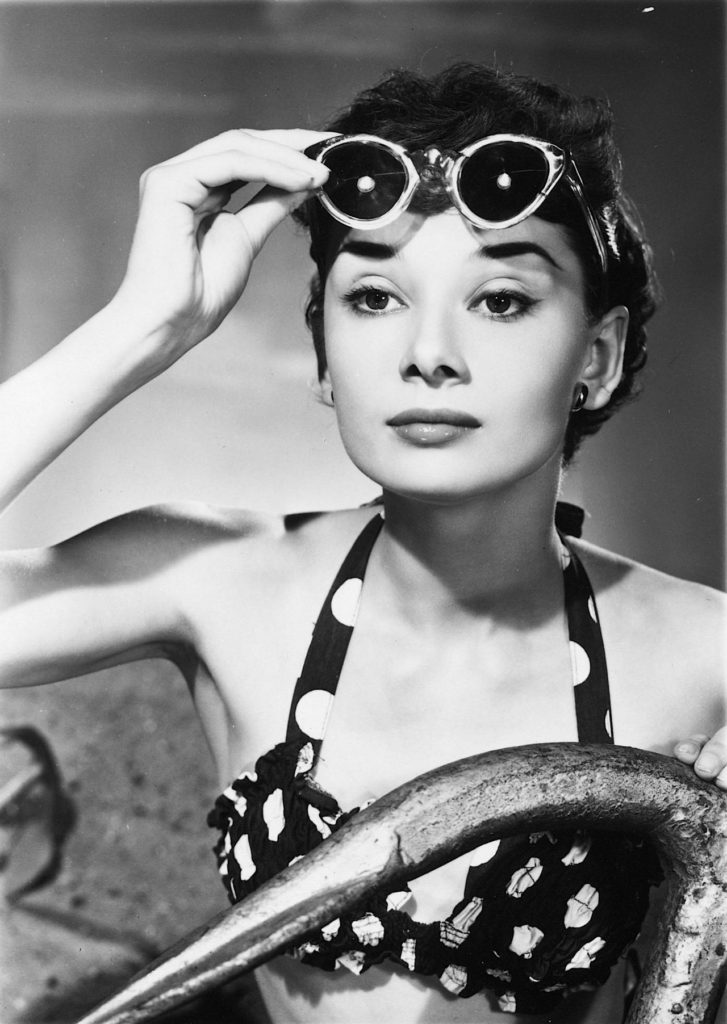


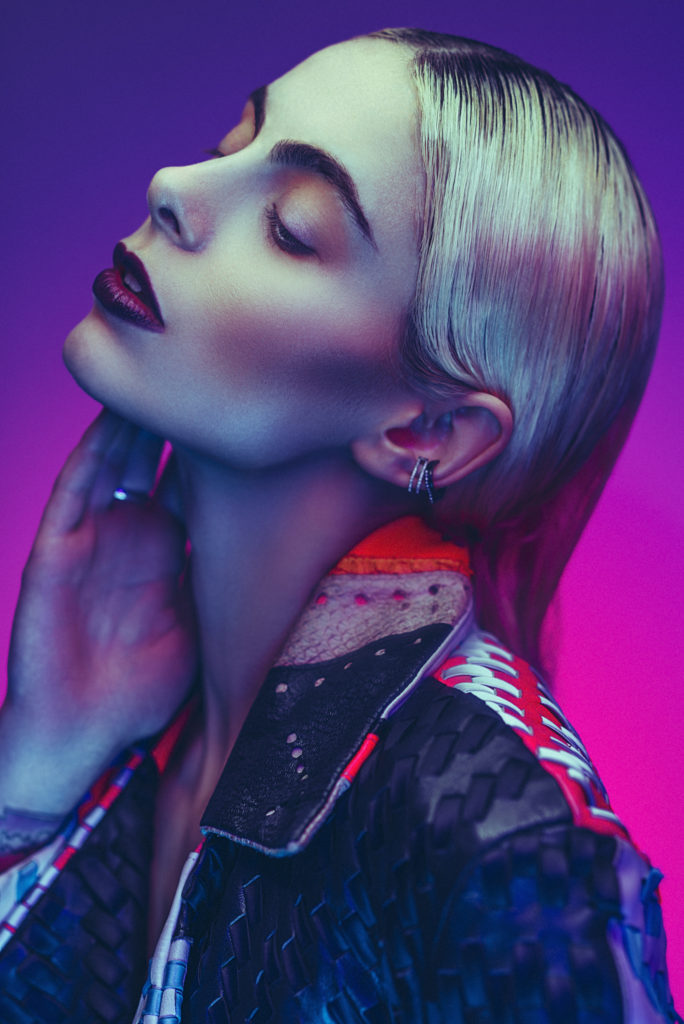


With traditional portraits the person in the photograph is usually looking straight into the camera lens so it looks staged to make the subject of the photo look their best. The background is usually quite formal and bland to make the person stand out even more. The typical location for where the photo is taken is a studio. The body is usually cropped from the photo so you can only see their head and shoulders.

Lifestyle photos are meant to capture everyday people doing everyday things such as walking or eating meaning they’re the complete opposite of traditional portraiture, instead of the photos being taken in a studio it will be taken i a family home or another familiar place. Often the subject/s of the photo do not pose or at least try to not make it look like they are to make the image look more casual.

Environmental photography is a mixture of lifestyle photography and traditional photography. With this type of portraiture the environment surrounding the person plays a key role in the photo. The environment in the photo is meant to tell you about the person and what they’re like or what they enjoy. Unlike lifestyle portraits where the location isn’t important, this type of portraiture’s environment is just as important as the person in the image and the person can pose in the photo.

Contemporary means ‘belonging to or occurring in the present‘ or ‘in the style of present or recent times.’. Contemporary photography consists of photographs from our own time, compared to an image from a much earlier period. Contemporary portrait photographers take photos of strangers, friends, children, family members or even self-portraits.
Formal
A formal portrait is a posed picture of a single individual or a group of people. The subjects directly look into the camera The image focuses on clearly displaying their facial features and may often display a certain aspect of their personality or their occupation. The subject is deliberately posing and the image is specifically arranged using effective lighting conditions.


Informal
An informal (candid/natural) portrait captures people or individuals in a totally natural way that isn’t set up. It creates an image that portrays an individual naturally and full of expression, in order to capture their character.
An informal portrait is best made when the subject is candid. This means photographing the subject in familiar surroundings, such as their house or their place of work. In these surroundings the subject’s hands, gestures and facial expressions begin to convey character and personality.

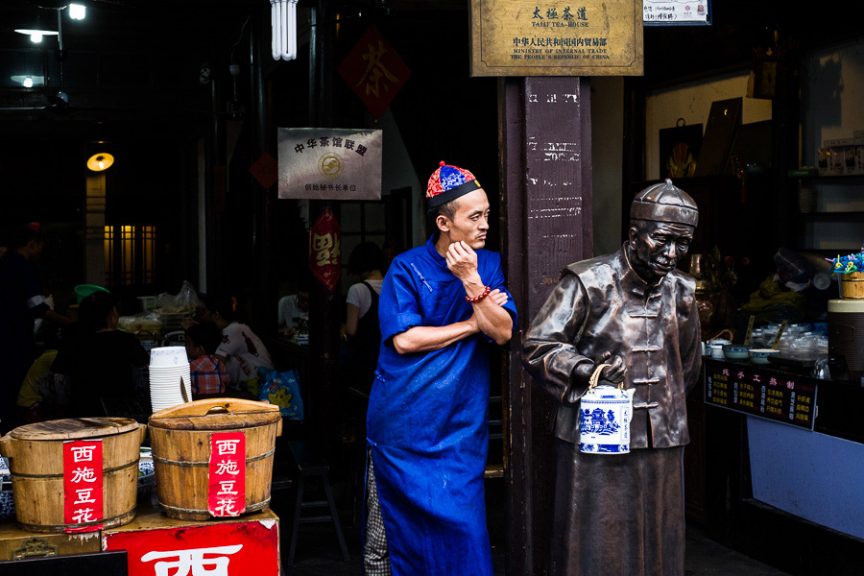
Head-shot
A headshot is a photograph of the subject’s face, from the shoulders up. The individual is aware of the camera, typically looking right in the lens. It focuses on their facial features and is modernly used for individuals looking to market themselves professionally or personally.
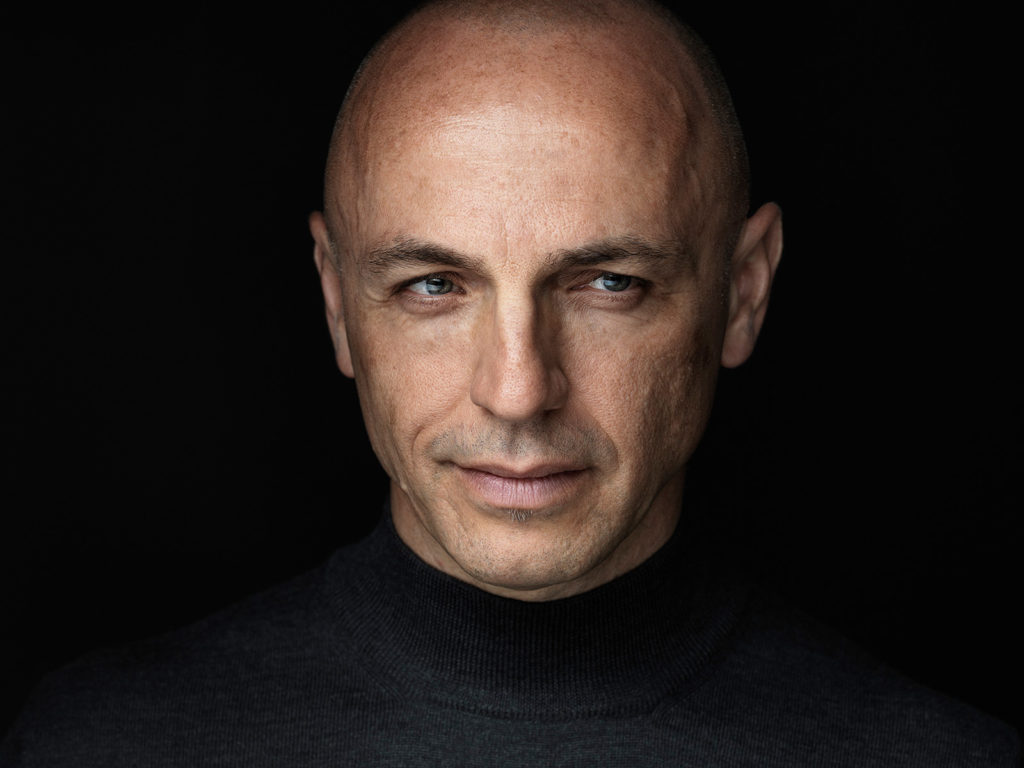
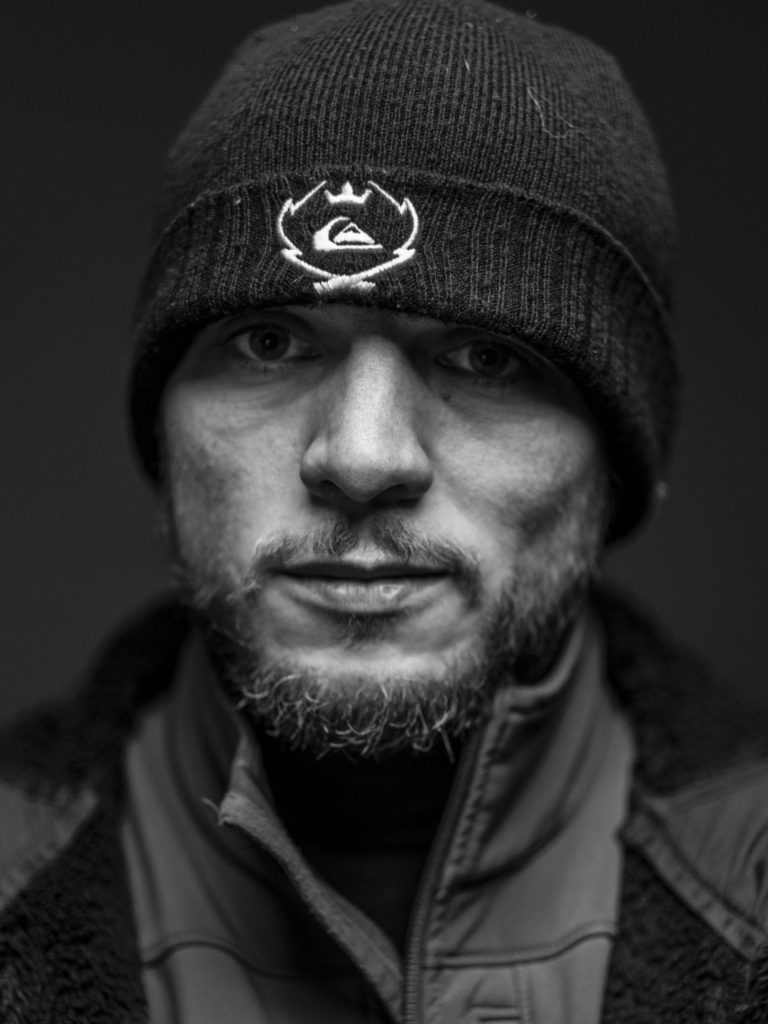
Half body
A half body portrait is a photograph of a subject showing the body from the waist up (including the hands).

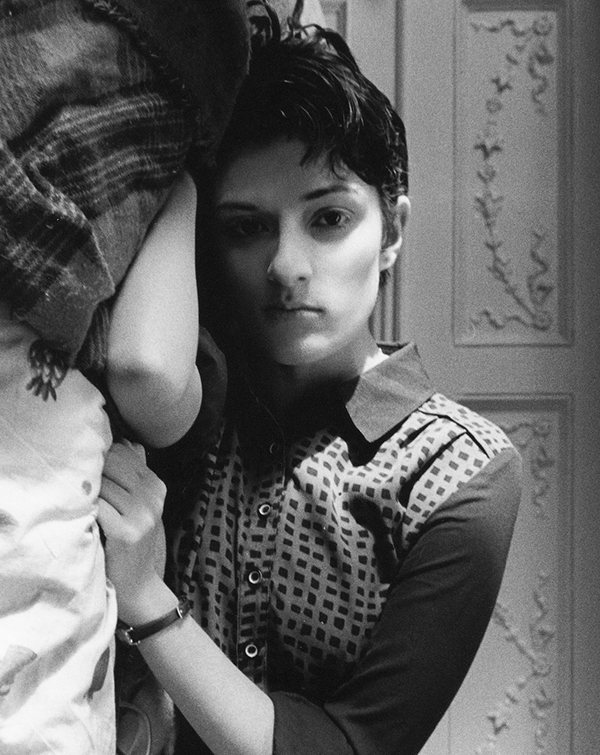
Three quarter length
A three quarter length (3/4) portrait typically means the subject is pictured from the top of their head to somewhere between mid-thigh and just above the knees.
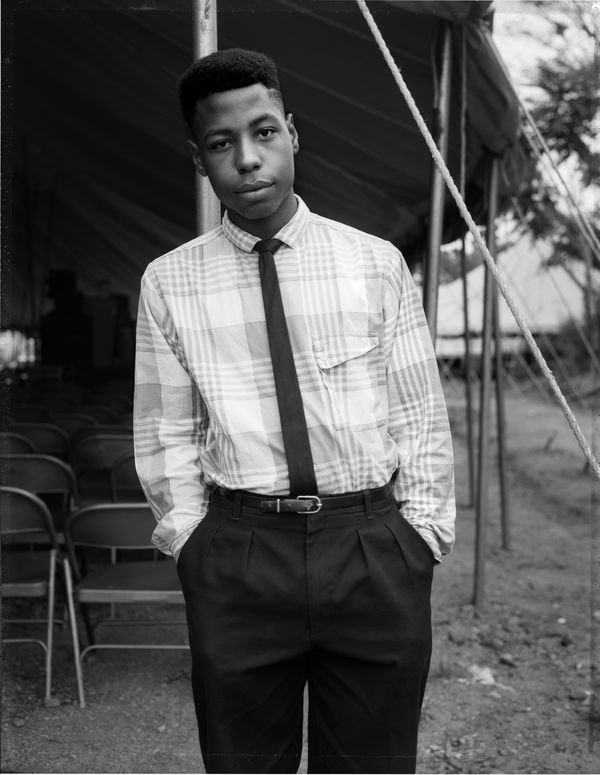

Full length body shot
A full length body shot includes the entire body of the subject from head to toe. This shot can be an action shot, or a shot of the body standing at rest.


High angle
A high angle portrait is where the photograph of the subject is taken from an angle higher than them
High-angle shots can make the subject seem vulnerable or powerless when applied with the correct mood, setting, and effects

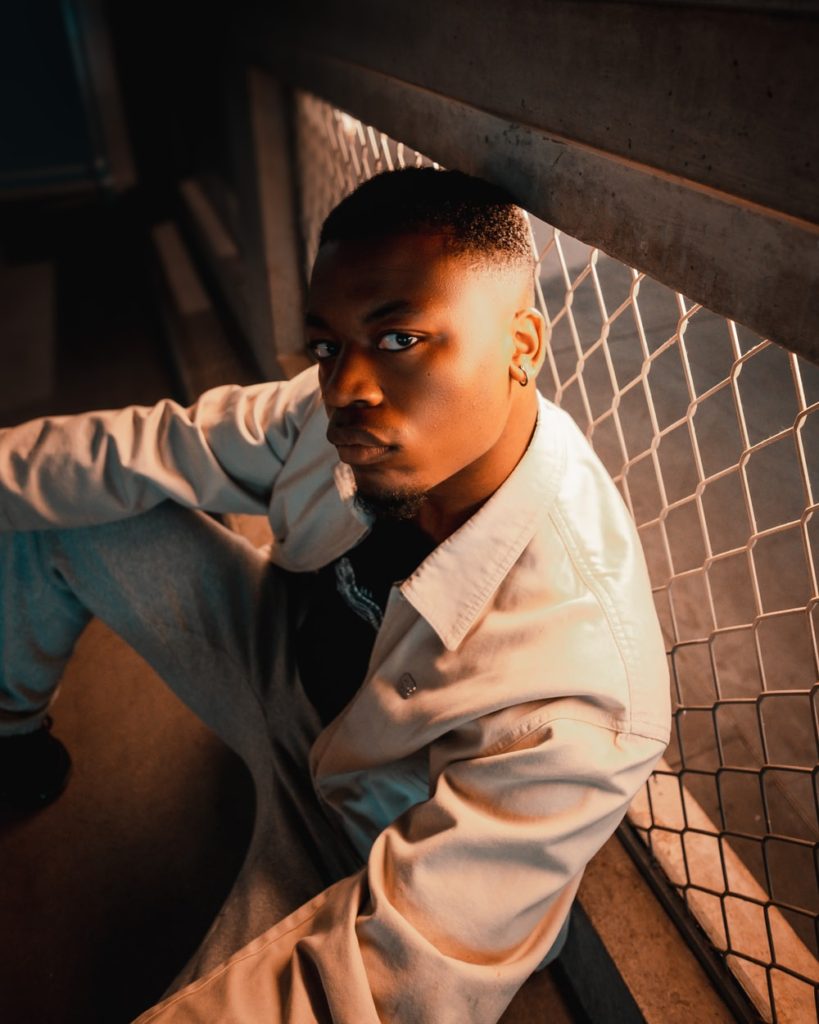
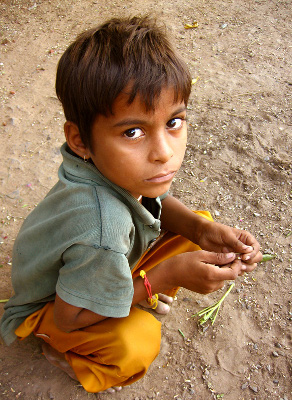
Low angle
A low–angle shot, is a shot from anywhere below the eye line, pointing upwards. Occasionally the image may be take from directly below the subject’s feet (extreme low angle shot). The effect of a low-angle shot is to make the subject look strong and powerful.
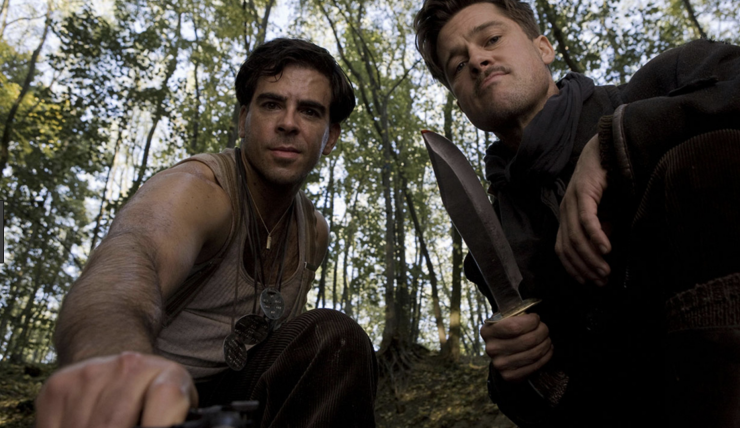
Canted angle
A canted angle portrait (otherwise known as the dutch angle) is a deliberately slanted shot taken at one side. It is sometimes used for dramatic effect to help portray unease, disorientation, frantic or desperate action, intoxication, madness etc..

We see in color, and editing a portrait to monochrome makes the observer pause and interact more intimately with the image. Removing color from an image aids the viewer in focusing on the subject’s emotional state. Black and white portraiture lets the audience see the subject’s face and read their eyes without distraction.
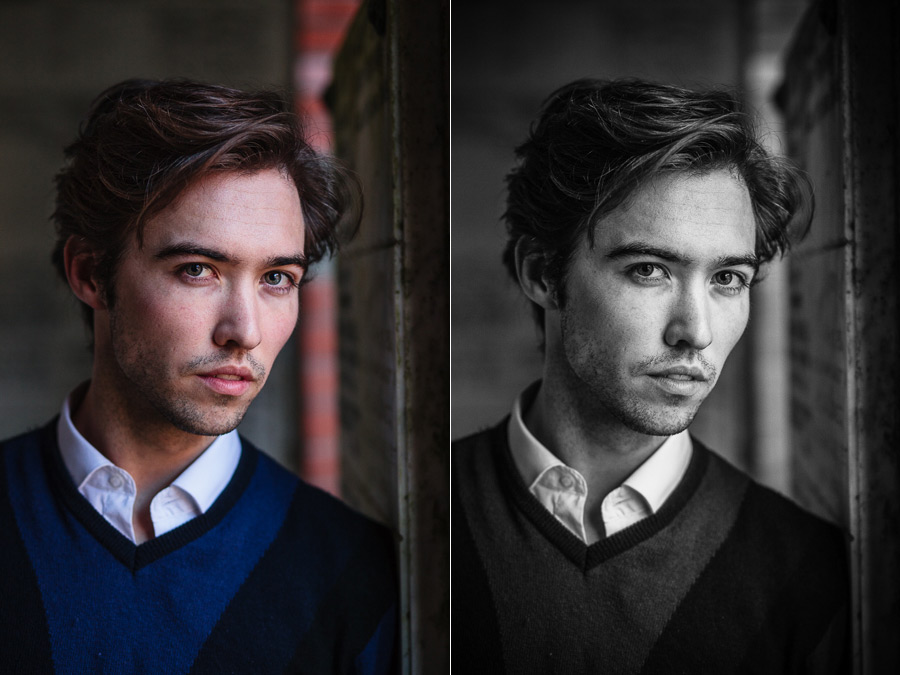
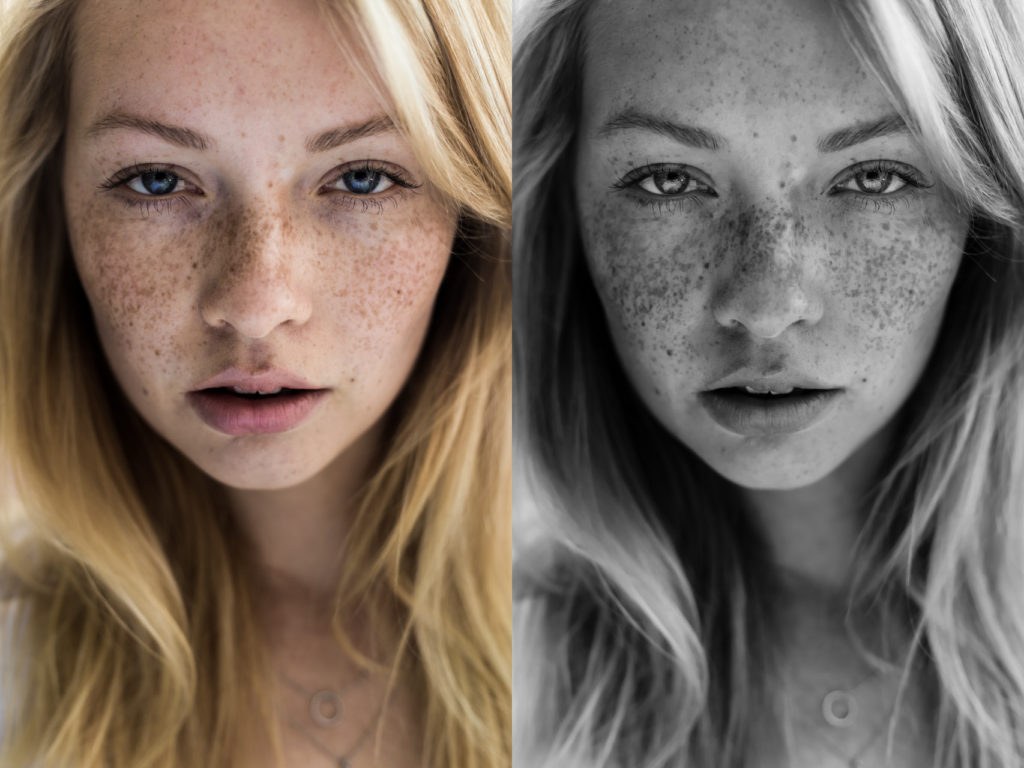
Similarly, using colour in portraiture is an effective way to create various moods and emotion, creating warmth or coldness within an image. Examples of colours that can be used to suggest feelings are: blue (representing sadness), yellow (happiness) and red (danger or excitement).

Colour may also be vitally important to the narrative of the image.

High key
High key photography uses unnaturally bright lighting to erase most or all harsh shadows in an image. High–key is a style that results in minimal shadow on the subject. Usually, High Key images connote happiness; they tend to portray positive emotions and have an airy feel.


Low Key
Low key light accentuates the contours of the subject by using hard light to enhance shadows in the image. Low Key images are dark and are normally used when the photographer wants to either isolate a subject or convey drama/tension. They’re usually dramatic and full of mystery.

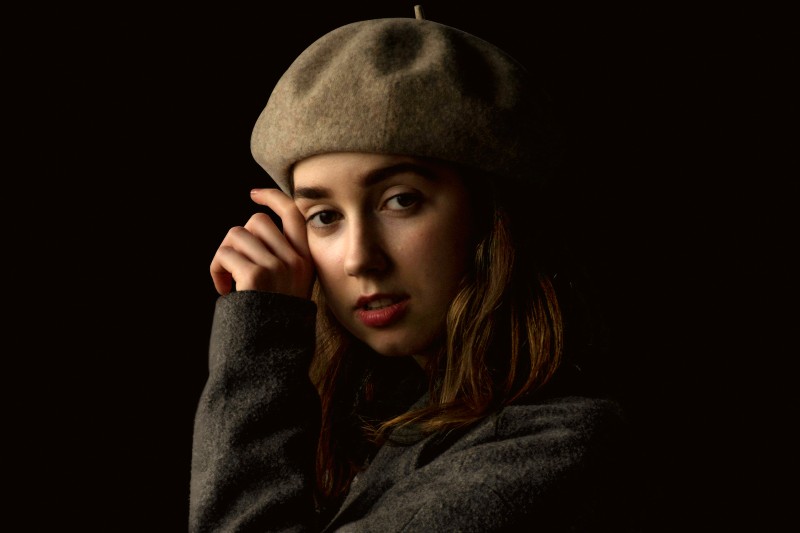




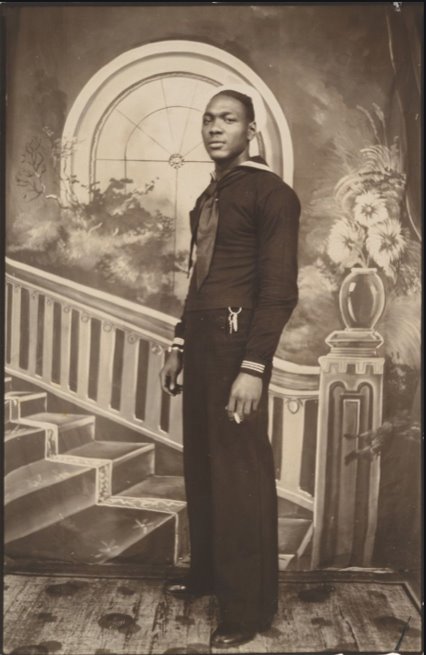
Current
Portrait photographers take pictures of people showing their emotions and feelings. These photographers take fashion portrait photos; photos of strangers, friends, children, family members or even self-portraits.

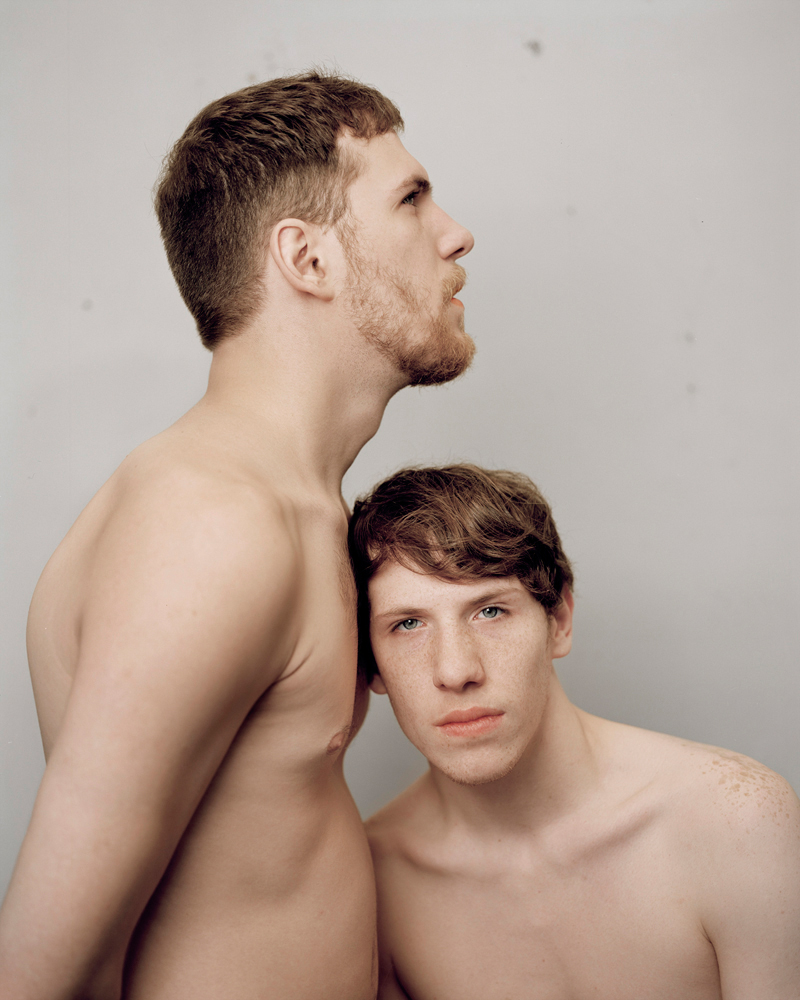
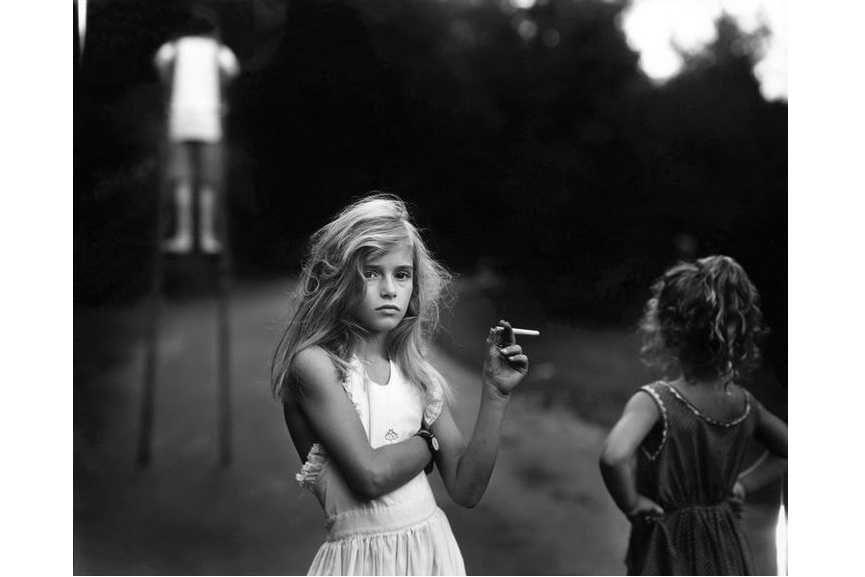


Traditional
Traditional Portraiture is a photograph of a person or group of people that also displays the expression, personality, and mood of the subject (similar to contemporary portraits). Generally, the focus of the photograph is usually the person’s face, although the entire body and the background may be included.

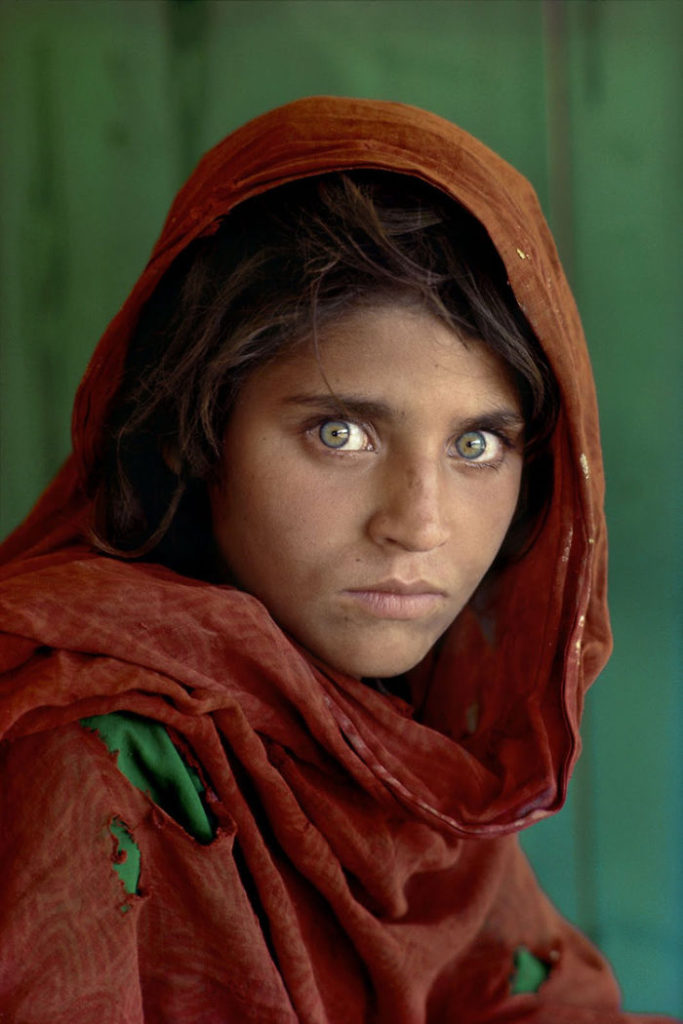
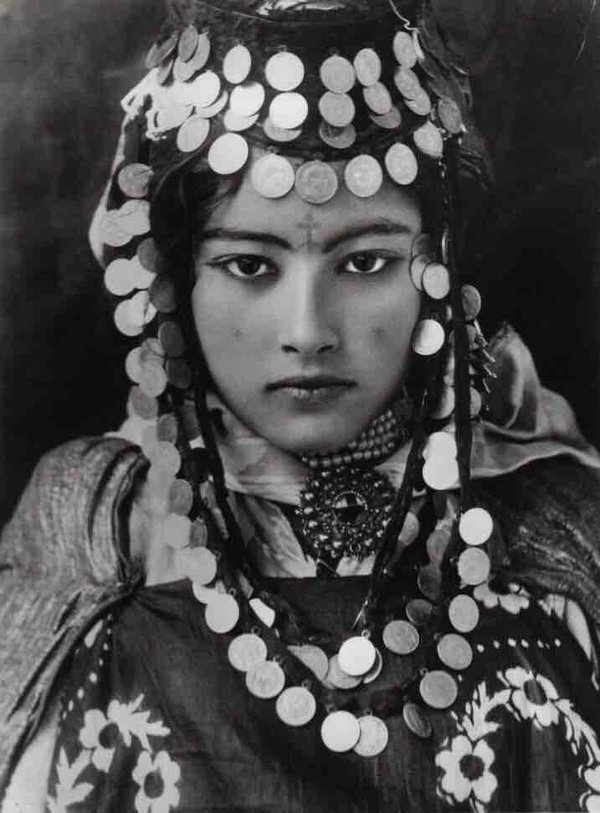
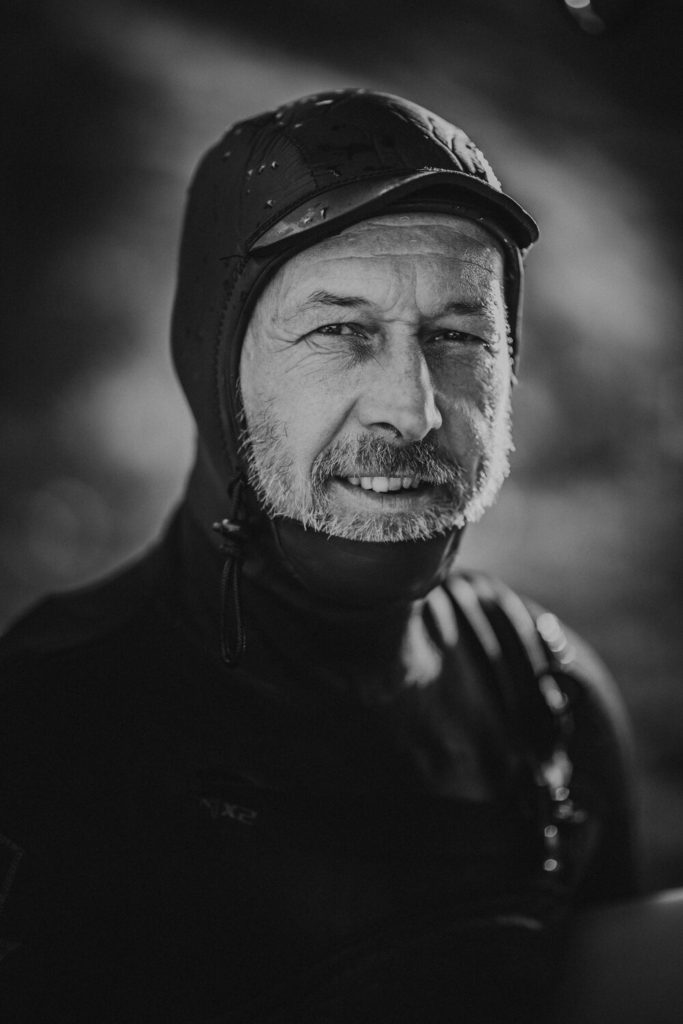

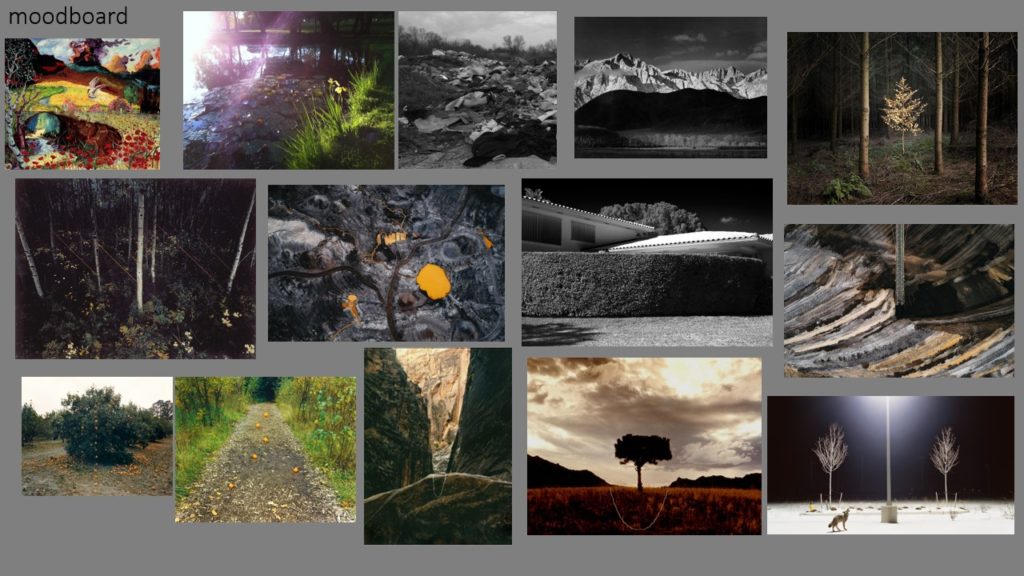
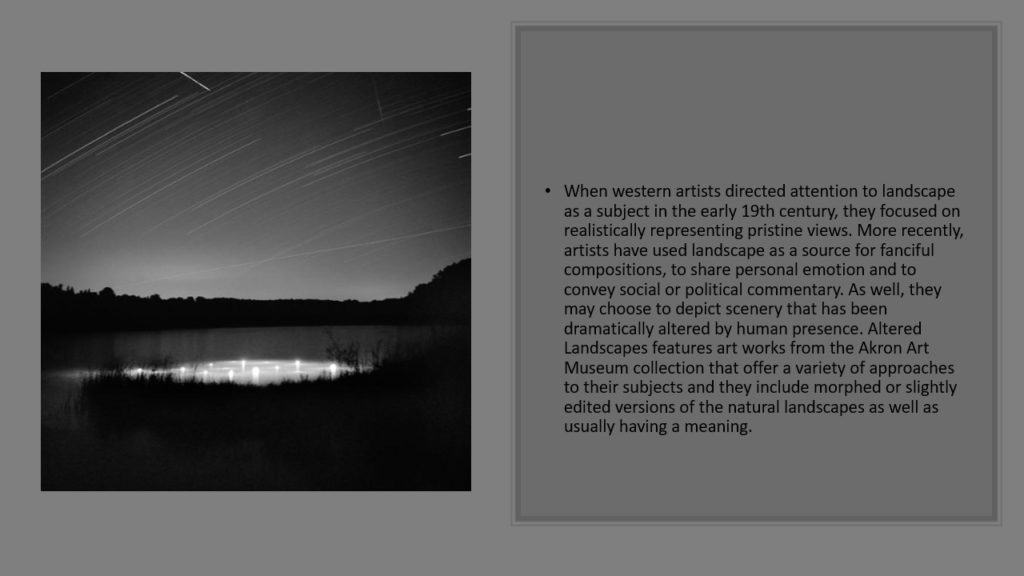
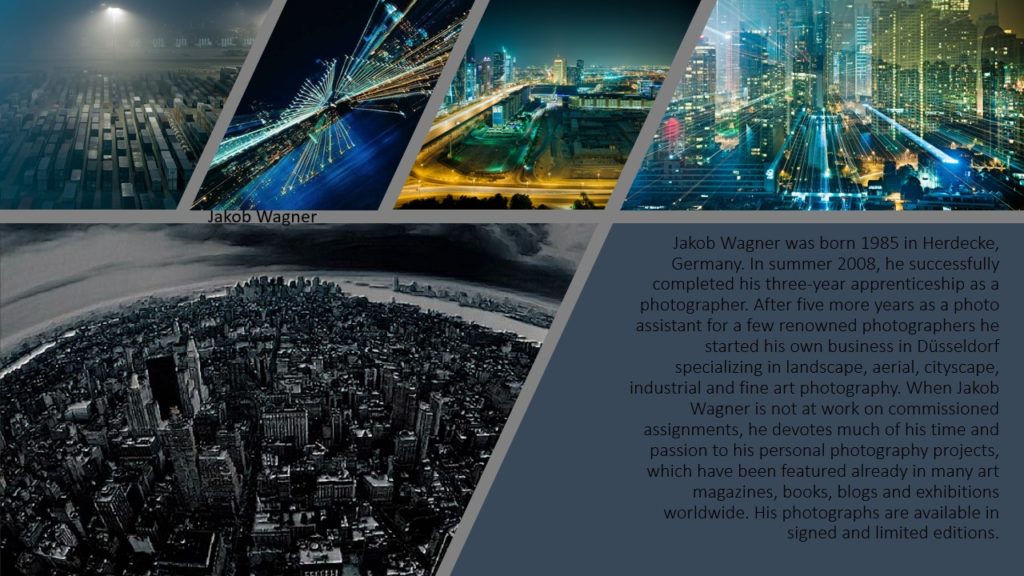
For this topic, I deemed photos which were taken in Florida by myself were most appropriate.


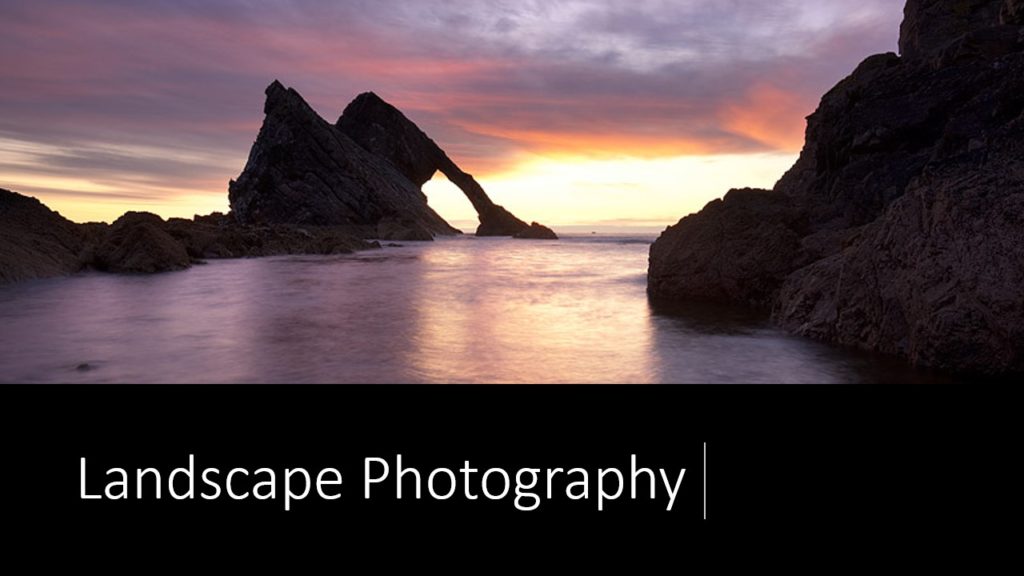
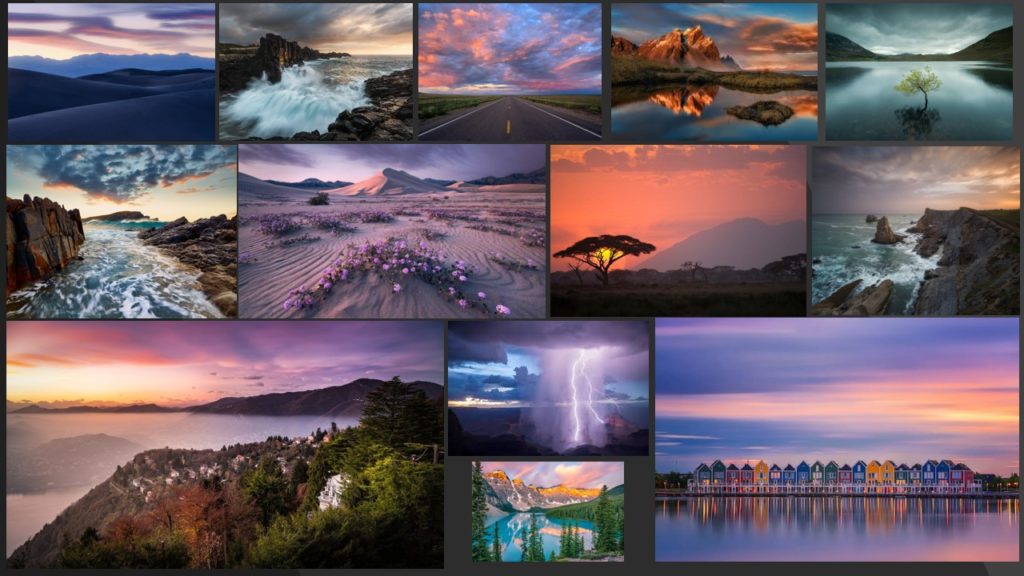
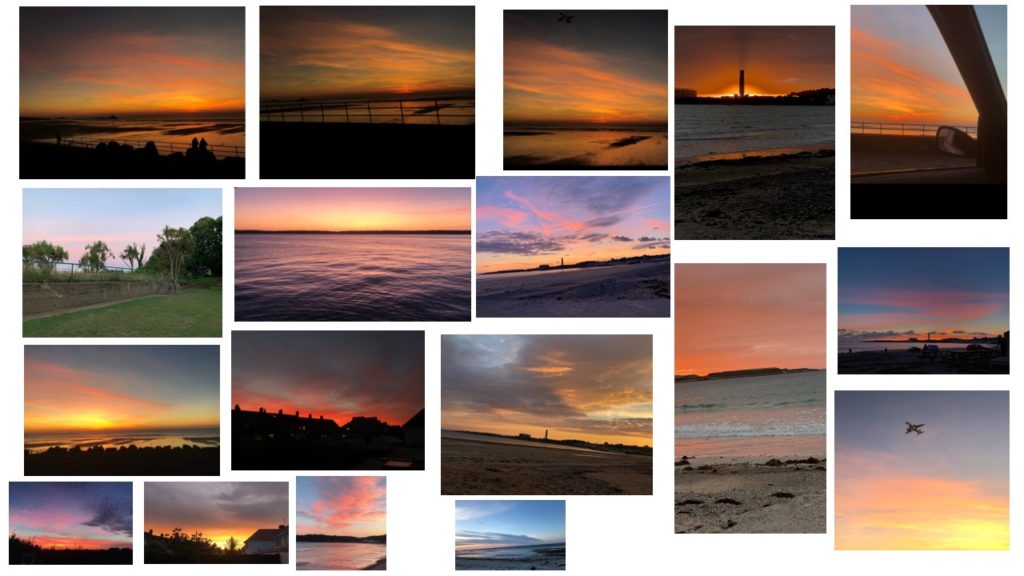


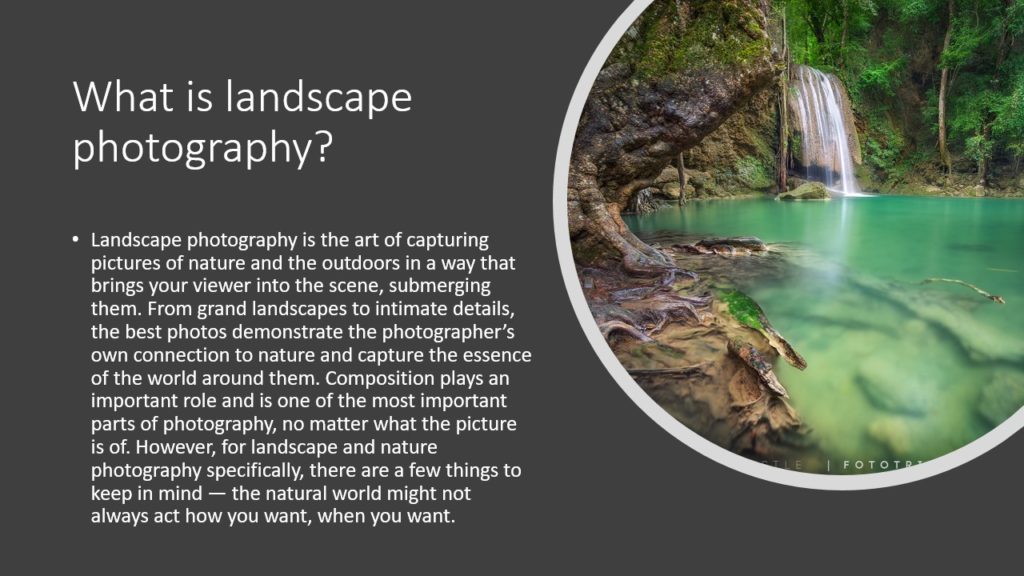

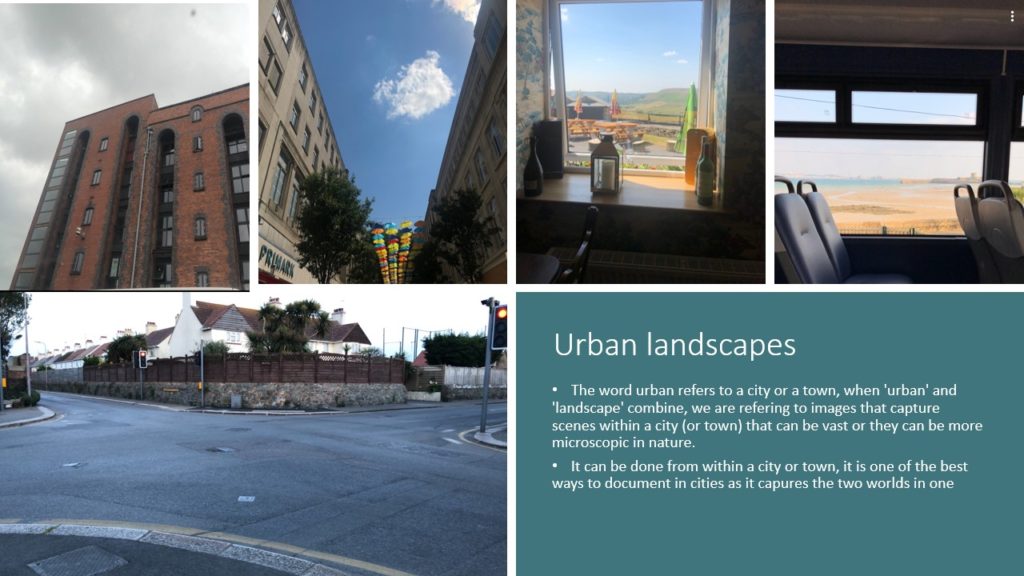

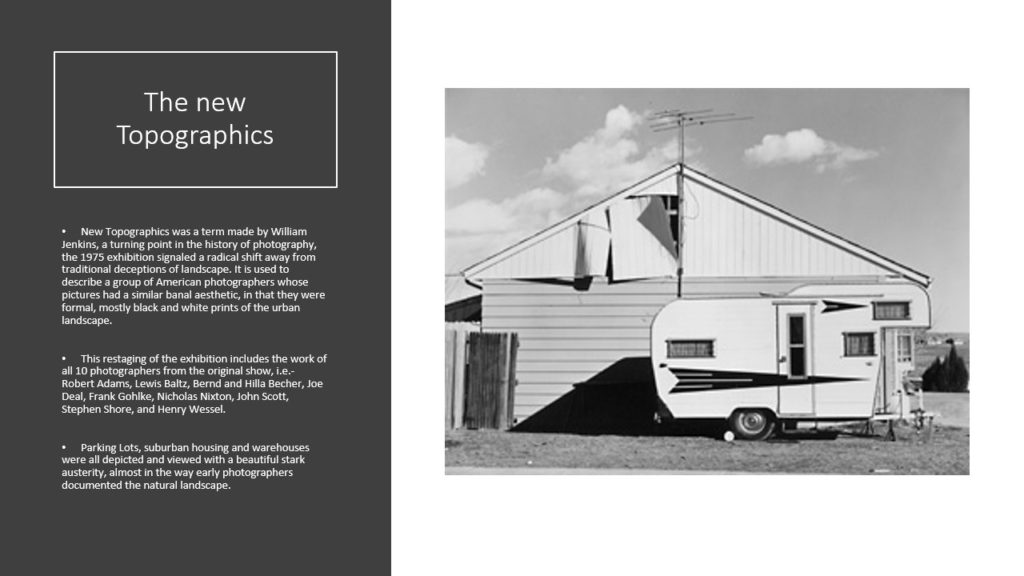
Final ideas

